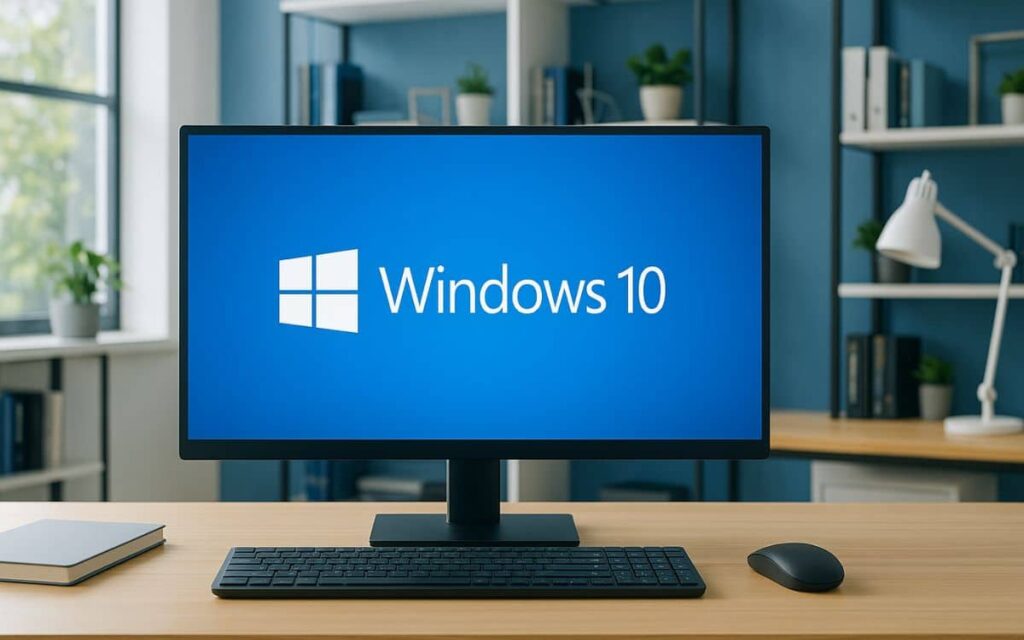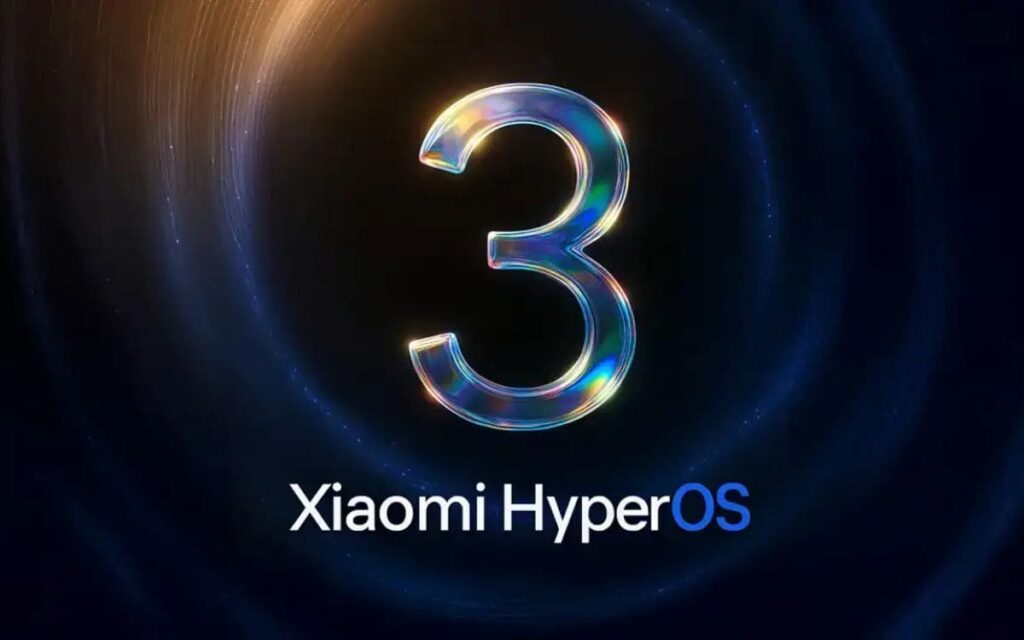It’s official: after several years, Windows 10 is coming to an end. More specifically, updates for this operating system will cease in October 2025. The only option for users is to upgrade to Windows 11, which is likely the best choice for your security.
While it is true that Windows 10 will end its support in two months, Microsoft is offering a one-year extension for free, albeit under certain conditions. This will allow for a smoother transition to the now more popular Windows 11. However, after this period, users will find themselves in a precarious situation that poses significant security risks.
Windows 10 will be a security issue after October 2025
Consequently, installing Windows 11 is one of the only options available, though transitioning to macOS or Linux is also possible. The popularity of Windows 10 makes it a prime target for hackers, and it is certain that, after support ends, they will intensify attempts to compromise unprotected PCs. The lack of security patches from Microsoft will essentially leave millions vulnerable.
Moreover, Microsoft’s provision of extended support behind a paywall complicates matters. There are three ways to obtain an additional year of Windows 10: spend 1,000 Microsoft points, use OneDrive to create a Windows backup (although this method also incurs costs), or pay $30. All options require a Microsoft account, similar to the installation of Windows 11, which raises privacy concerns as it compels users to share personal data.
For those who are truly reluctant to abandon Windows 10, there is another alternative: opting for the LTSC edition. This business version has support until 2032. However, be aware that application developers may not focus on Windows 10 LTSC, leading to a lack of new features and updates. Major publishers, including NVIDIA, have already indicated that their support for Windows 10 will be limited to October 2026.




